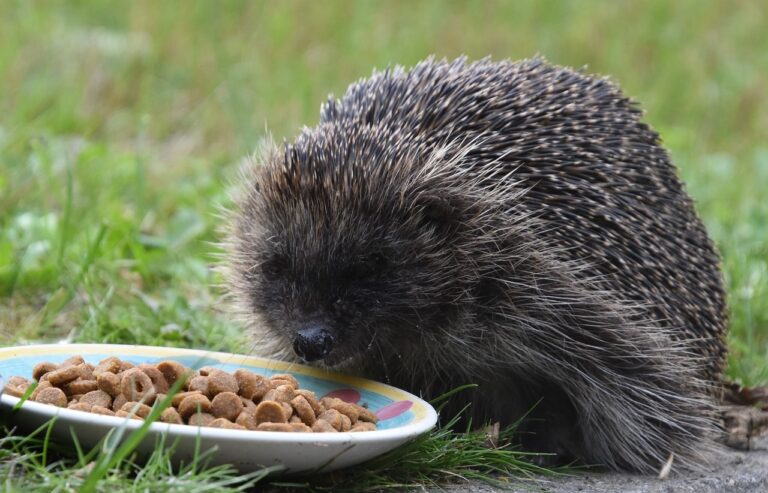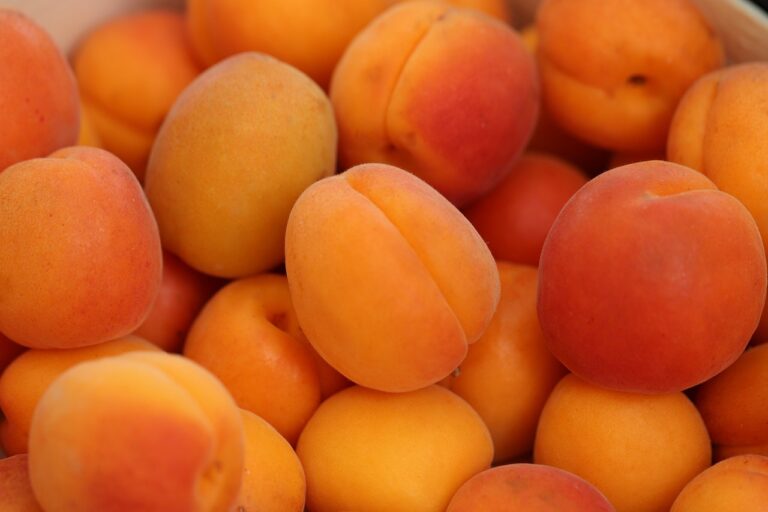The Role of Food in Cultural Exchange and Diplomacy
Food serves as a universal language that transcends borders and connects people from diverse backgrounds. Through the sharing of culinary traditions, flavors, and practices, food acts as a cultural ambassador, fostering understanding and building bridges between different societies. Whether it is the ritual of tea ceremonies in Japan, the communal dining experience of a traditional Ethiopian injera meal, or the spicy aromas of Mexican cuisine, food carries the stories and heritage of a community, inviting others to partake in its richness.
The act of sharing a meal is not merely about nourishment; it is a shared experience that allows individuals to immerse themselves in the customs and rituals of a particular culture. When individuals come together to enjoy a meal, they are not just consuming food but also engaging in a cultural exchange that enhances mutual respect and appreciation. Food as a cultural ambassador goes beyond satisfying hunger; it serves as a vessel for dialogue, fostering relationships and creating opportunities for people to learn about and celebrate the diversity that exists in the world.
History of Food Diplomacy
Food has long been recognized as a powerful instrument in fostering diplomatic relations between countries. Throughout history, the sharing of culinary traditions and cuisines has played a critical role in bridging cultural divides and promoting mutual understanding. Ancient civilizations often exchanged food as a means of strengthening alliances and forging connections with neighboring nations.
In the medieval period, feasting and banquets served as important platforms for diplomacy and negotiations among royal courts and aristocratic circles. Elaborate meals were not simply about nourishment but also about showcasing wealth, power, and hospitality to foreign dignitaries. These culinary exchanges helped to establish camaraderie and trust between ruling elites, laying the foundation for future diplomatic endeavors.
What is food diplomacy?
Food diplomacy refers to the use of culinary exchanges and food-related initiatives to foster relations between countries and cultures.
How has food been used as a cultural ambassador throughout history?
Food has long been used to showcase a country’s culture, traditions, and values through events such as food festivals, culinary exchanges, and international food exhibitions.
Can you provide examples of historical food diplomacy efforts?
One example is the “Kitchen Diplomacy” initiative launched by the U.S. Department of State in the 1960s, which aimed to use food as a tool for cultural exchange and understanding between nations.
How has food diplomacy evolved in modern times?
In recent years, food diplomacy has become more prominent, with countries using their culinary heritage to enhance their soft power and promote cultural diplomacy on a global scale.







